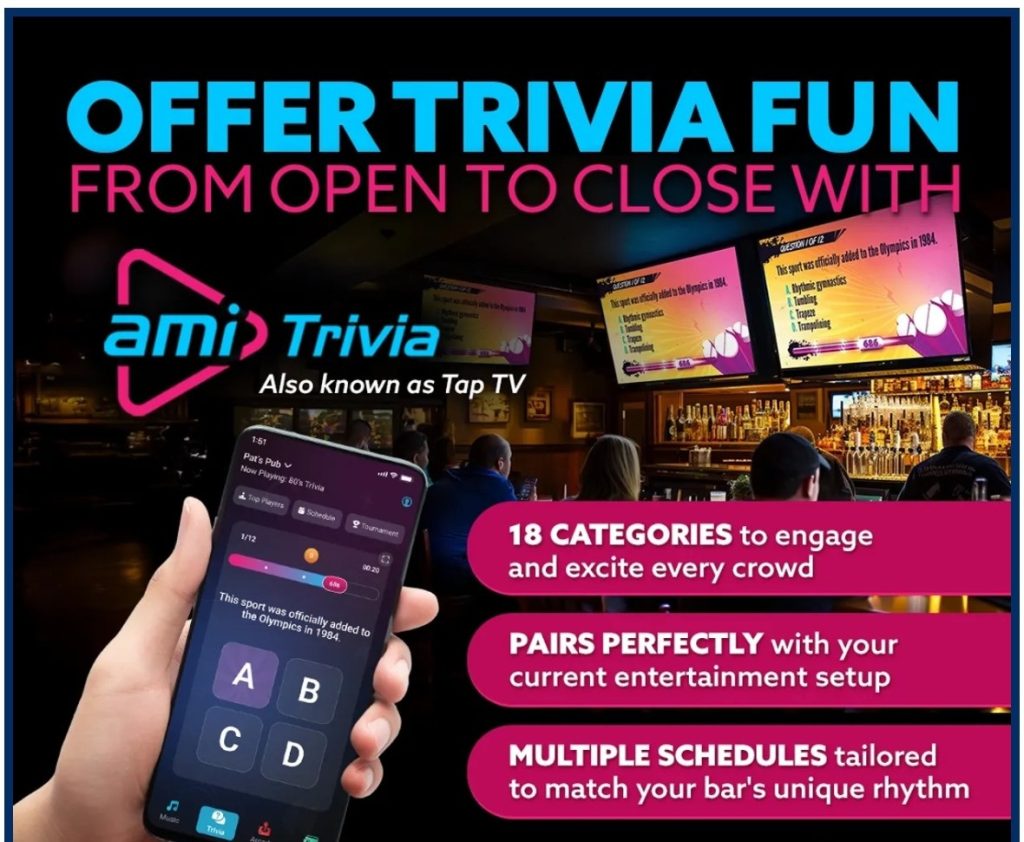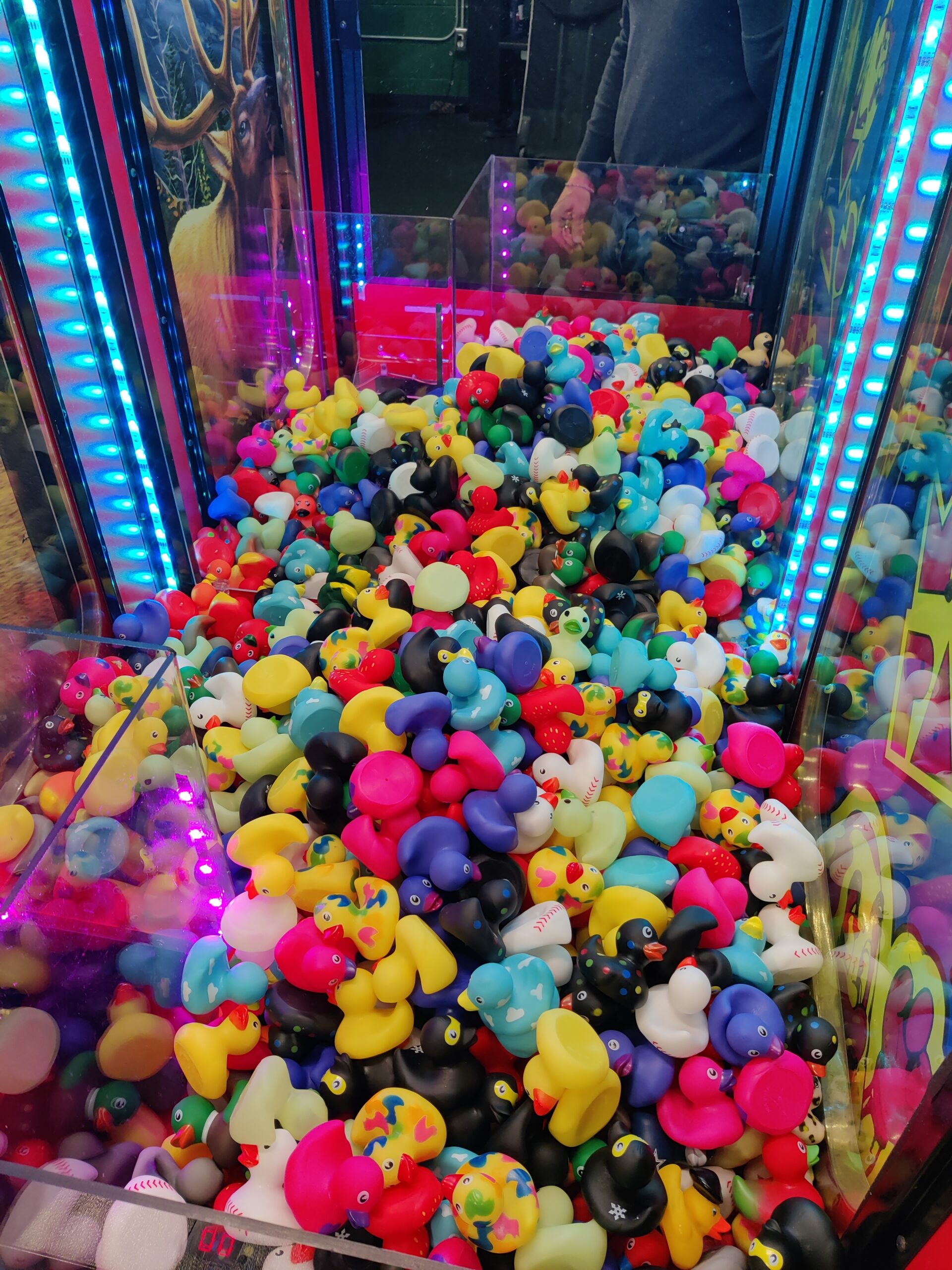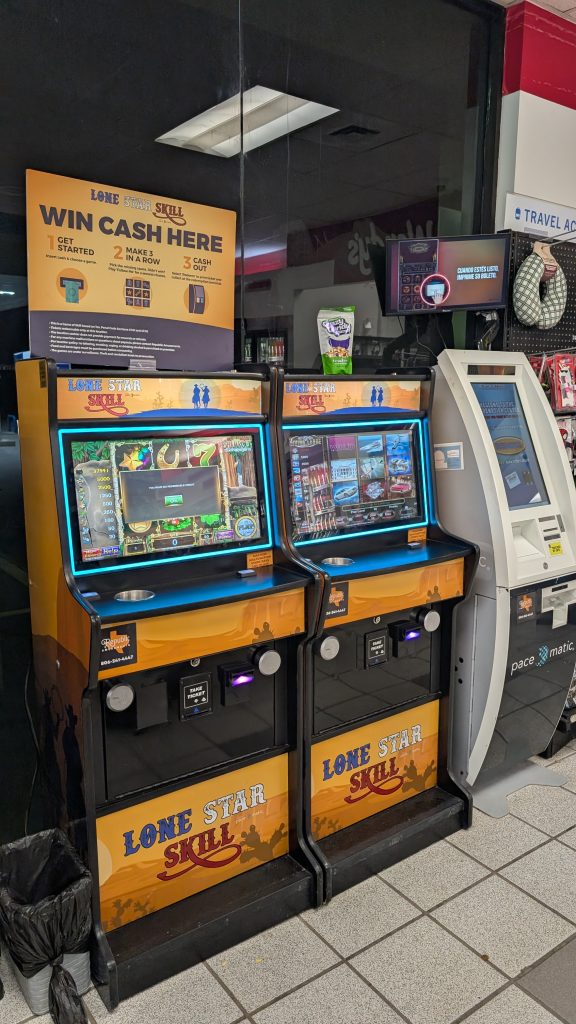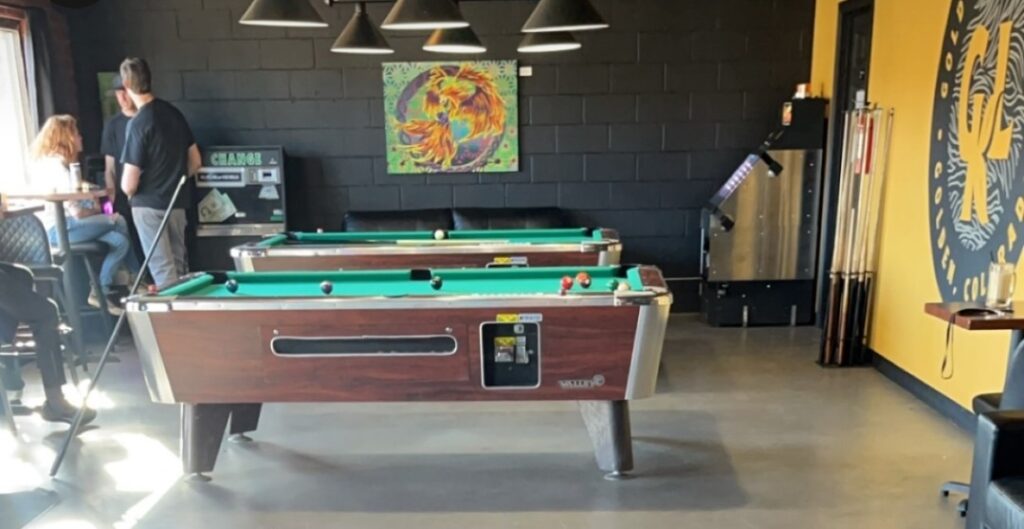Bar and restaurant owners are constantly seeking innovative ways to attract patrons during slow periods. One strategy that consistently delivers is hosting a weekly trivia night. This form of “eatertainment” not only draws a crowd but significantly increases revenue and customer loyalty by extending the time guests spend in the venue.
The Business Benefits of Bar Trivia
Trivia nights transform a standard visit into an engaging social event, encouraging customers to linger and spend more.
Increased Visit Duration and Sales
A typical bar trivia event lasts around two hours, with a “sweet spot” of 2-3 hours to maximize sales without causing player fatigue. During this time, teams settle in, ordering multiple rounds of drinks, appetizers, and main courses.
- Higher Checks: Trivia players tend to spend more per visit. One report noted an average check increase of about $5 per person compared to a normal guest visit.
- More Orders: The breaks between rounds for scoring and answer discussion are ideal opportunities for staff to upsell food and drinks.
- Slow Night Solution: Most trivia nights are held on typically slow weekdays (Sunday through Wednesday), helping to fill the house on otherwise quiet evenings and turning them into the busiest nights of the week.
Additional Benefits
Beyond direct sales, trivia offers a host of other advantages:
- Customer Loyalty & Repeat Business: Weekly events foster a sense of community, turning first-time visitors into loyal regulars who mark their calendars for your specific event.
- Organic Marketing: Guests often share their fun experiences and team photos on social media, generating free word-of-mouth advertising for your establishment.
- Attracting New Demographics: Themed trivia nights (e.g., focused on pop culture, specific TV shows, or sports) can attract a diverse audience that might not otherwise visit your venue.
Leveraging App-Based Trivia
While a charismatic live host is effective, technology has streamlined the process with app-based solutions like those offered by AMI Entertainment.
AMI Trivia uses a non-hosted, automated system that displays questions on existing bar TVs, while patrons use a free mobile app to submit their answers. This system offers:
- Seamless Integration: Games run constantly, starting every 20 minutes across 20+ categories, and don’t disrupt other entertainment like live sports.
- Increased Participation: The ease of using a personal phone for a free game encourages more people to join in the fun.
- Jukebox Synergy: The AMI Play app, used for trivia, also allows users to pay for and play music on the venue’s connected digital jukeboxes. This creates a single-app ecosystem where engaging in one activity (trivia) can naturally lead to increased usage and play on the other (jukebox music), maximizing entertainment options and revenue streams from a single platform.
By incorporating trivia, bars and restaurants create a vibrant social hub, driving sales and building lasting customer relationships.














